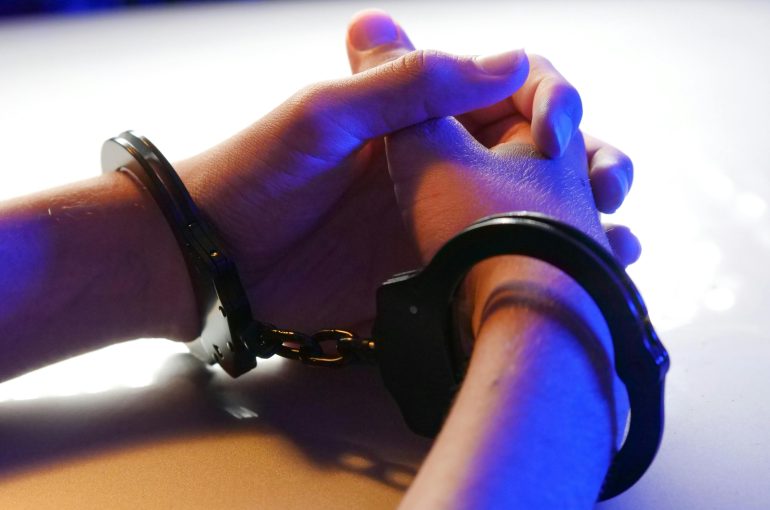SUPREME COURT REAFFIRMS TRIAL COURT’S POWER TO SUMMON ACCUSED

In a significant ruling that reinforces the judicial authority to summon additional accused during trial, the Hon’ble Supreme Court in Harjinder Singh v. State of Punjab & Anr., 2025 INSC 634, (SLP (Criminal) No. 1891 of 2024), decided on 6th May, 2025, clarified the evidentiary threshold for invoking Section 319 of the Code of Criminal Procedure, 1973 (herein after referred to as “Cr.P.C”). The Apex Court overturned the High Court’s decision, which had dismissed the summoning of an accused on the basis of an unverified alibi, and held that evidence presented during trial, particularly sworn eyewitness accounts, was adequate to establish a prima facie case of involvement. This Judgment underscores the principle that investigative findings cannot override the Trial Court’s discretion to act on evidence presented in court, ensuring that substantive justice is not derailed by procedural gaps or premature judicial interference.
Facts of the Case
The case stems from the death of Dharminder Singh, who died by suicide on 10 May 2016, shortly after an alleged confrontation in which he was taunted for not retaliating against assailants in a prior acid attack. His father, the Appellant, claimed that Varinder Singh (Respondent No. 2) was among those who instigated the confrontation. Although Respondent No. 2 was initially exonerated by police based on an alibi supported by documents such as CCTV footage and hospital records, the Trial Court later summoned him under Section 319 CrPC after eyewitness testimony implicated him during trial. Relying on an untested alibi, the Hon’ble High Court had quashed the said summoning order of the Trial Court. The Appellant then approached the Hon’ble Supreme Court.
Issues Before the Court
- Whether the Trial Court correctly exercised power under Sec 319 CrPC to summon Respondent No.2 based on trial evidence.
- Whether the High Court erred in quashing the summoning order by relying on investigation-stage material and an untested alibi.
- What is the threshold for invoking Section 319 CrPC in criminal proceedings?
The Judgement
The Hon’ble Supreme Court upheld the Appeal and reinstated the Trial Court’s directive to summon Respondent No. 2, ruling that under Section 319 CrPC, a court is empowered to summon a person not initially named as an accused if evidence brought forth during the trial indicates their potential involvement in the offence. This provision ensures no real perpetrator escapes trial, even if not initially charge-sheeted.
The Court clarified that:
- An alibi is a matter of defense, and the burden lies on the accused to establish it during trial, not at the summoning stage.
- Documents like parking slips or CCTV footage, unless formally proved and tested in cross-examination, cannot be considered conclusive.
- The sworn testimony of PW-1, corroborated by deceased’s Uncle’s Section 161 statement, was sufficient prima facie evidence to invoke Section 319 CrPC
- The High Court, by prematurely accepting the alibi and focusing on unproven investigation records, had misapplied the legal threshold and interfered with the trial unjustly.
- The Court emphasized that abetment to suicide is not necessarily a single act but may involve a pattern of psychological pressure, which can be legally actionable.
- Referring to the Constitution Bench decision in Hardeep Singh v. State of Punjab (2014) 3 SCC 92, the Court reiterated that Section 319 CrPC must be interpreted in a constructive and purposive manner to ensure that justice is effectively served.
Conclusion
The Hon’ble Supreme Court ruled that the Trial Court was correct in summoning Respondent No. 2 based on live, substantive evidence during the trial. The High Court mistakenly intervened under Section 482 CrPC by placing undue reliance on unverified documentary evidence while downplaying the significance of direct eyewitness testimony. The decision reinforces that investigative opinions cannot override judicial evaluation during trial, especially when Section 319 CrPC is invoked to avoid a truncated prosecution.
SARTHAK KALRA
Senior Legal Associate
The Indian Lawyer & Allied Services
Please log on to our YouTube channel, The Indian Lawyer Legal Tips, to learn about various aspects of the law. Our latest video, titled “What is Bail? Complete Guide to Bail Process & Legal Rights” | What is Bail? Complete Guide to Bail Process & Legal Rights in India” Legal Tips can be viewed at the link below:
https://www.youtube.com/watch?v=cPd4QRBpji0





































Leave a Reply